There are lots of brake kits out there….but BRracing has chosen to focus and only promote two manufacturers….Brembo and StopTech. So, why? What makes these brakes so special? And why even do a big brake kit for a street car?

First, most street cars do not come from the factory with a brake system that can really handle the rigors of a track day. Upgrading the brakes, even if it’s initially just the pads, fluid, and brake lines, may be the single most important upgrade you can make to your car if you plan on tracking your car at any point in the future. That’s where performance brake manufacturers come in, like StopTech.
StopTech was founded in 1999, and is led by a group of auto enthusiasts and racers. StopTech was acquired by Centric Parts in 2006, one of the largest suppliers of brake and hydraulic parts in the U.S. Centric Parts is led by Dino Crescentini, whose name may be familiar to those who follow Speed World Challenge, where he drives a Porsche. Centric also acquired PowerSlot in 2007, and PowerSlot rotors are now manufactured in the same facilities as StopTech components.
The majority of the components made in StopTech’s Compton CA headquarters are sold for street/track applications, such as big brake kits. StopTech is also deeply involved in racing, the ultimate proving ground for its products. Team in both World Challenge and Continental Challenge use StopTech brakes, including Turner Motorsport and GMG, who won the manufacturer’s championship for Porsche.
StopTech sources iron brake rotors from several foundries in North America, and holds all of them to the same high standards for quality, which were refined in part through StopTech’s process of German TUV certifications. StopTech requires additional content to be used in the iron as well as additional investment in the foundry process to give their rotors maximum durability (they even found that sourcing iron from foundries from some other parts of the world produce rotors that did not meet their product requirements, so they are very specific where their core iron comes from).
StopTech’s AeroRotors feature aerodynamically designed cooling vanes cast into the rotor itself to help reduce rotor temperatures. The patented vane design elements are created to induce maximum maximum cooling airflow through the brakes when they rotate. But, they don’t just optimize the airflow, the inner vanes are designed in such a way as to provide equal cooling across the rotor race. Think…as the air enters the inner rotor face, it is cool. But, as it passes through the rotor, heat is transferred to the passes air, and the cooling at the outer edge needs to be the same as the inner edge so that there is not a heat gradient created across the face of the rotor. Hence, the vane design at the inner edge and the vane design at the outer edge are NOT the same. They also spent time figuring out the leading edge of the vane, so as to optimize the directing of the air through the vanes and rotor passage vs creating turbulence. So, when you look at a “slotted” rotor….don’t just think of them as all being the same. Just going from a typical straight vane original equipment rotor design to a directional rotor can have tremendous benefit. StopTech points out that one racing team using PowerSlot directional vane brakes in the Grand-Am Continental Challenge ST class experienced an 80 degree reduction in rotor temperature compared to OE rotors of the same size at the same track.
If you were to ask StopTech’s position on drilled vs slotted rotors, since they make and sell both, they would tell you that “drilled” rotors will crack sooner than “slotted” rotors. They’ve done back to back testing where a slotted rotor is substantially more resistant to cracking than a drilled rotor. One thing that is important with a drilled rotor is the actual hole pattern…it’s not just a bunch of random or equally spaced holes in the rotor. They must be placed to avoid weaknesses in the part itself.
Now…what about the other parts? StopTech uses forged calipers for all their products; they believe this gives advantages in grain flow and density versus calipers that are manufactured in a casting process. The metal quality of a forging also allows a reduction of material from areas of the caliper that experience lower stress during use, which allows StopTech to reduce weight without affecting stiffness. This is part of the overall performance optimization that goes into each StopTech design. (This same thought pattern applies to the wheel market, where forged wheels are widely recognized for their strength and weight optimization vs cast wheels).
StopTech emphasizes maximizing stiffness in each of its caliper designs. Rather than go with monoblok calipers, StopTech uses bolted assemblies; this they believe improves the stiffness of the caliper and is worth the added weight that comes with it. A stiffer caliper is more efficient in applying braking forces and also allows more even brake pad wear.
If you dive deeper into the design of the StopTech brakes, there are more features that distinguish them from the other players. Some brake manufacturers actually only make a couple of caliper designs, and just use the caliper mounting hardware to allow the kit to fit each car. StopTech takes a much different approach. It has over 35 different caliper designs, and further refines each caliper by sizing the caliper pistons to the size needed for the braking capacity being designed for the particular application. This can especially be seen in the calipers for the Porsche product line vs the BMW product line, where you have a rear engined car vs a front engined car. We have seen this in our GT3 kit vs the BMW E82 135i that we worked with them directly on. Same overall caliper design, but the pistons on the GT3 are a different size than the pistons on the BMW E82 135i kit. But…go one step father….the pistons on the same caliper for the BMW 135i are not the same size….it may be a six piston kit, but each piston has been specifically defined in its diameter to produce the right amount of brake clamping capacity. Hence, a BMW kit is truly a BMW kit, whereas a Porsche kit is truly a Porsche kit.

What is the difference in the ST kit vs the STR kit? The STR kit is the full race kit. The calipers are NOT painted, there is further weight optimization, there are no rubber dust boots around the inner pistons, and there are “quick release” features for fast pad changes. However, unlike many other manufacturers, the STR kits and the ST kits are exactly the same. You can run on the street the same setup the leading teams are using on the track.
Finally, we have beaten the crap out of both our BMW E82 135i kit and our Porsche GT3 kit, and they have stood the test….and performed amazingly so. We have often pulled into the pits and have had our brakes smoking from how hot we have gotten them….but no matter….they just keep on going. Not only do they perform, they last.
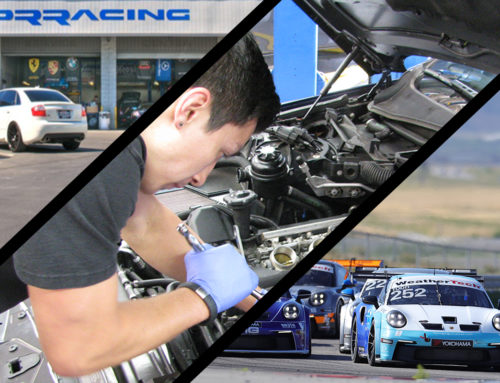
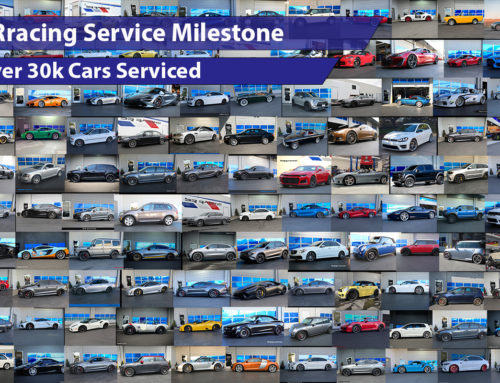
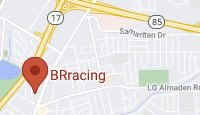
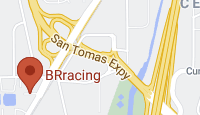
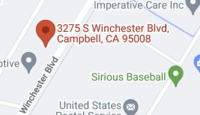
Leave A Comment
You must be logged in to post a comment.